
“I wish there was a class I could take that would show me how to get started with this bikepacking thing. I want to try it, but it feels daunting,” said Anne my long-time biking pal. As if her wish were Rim Tours Mountain Bike Adventures‘ command, there it was, not four-weeks later: “Bikepacking 101—An Introductory Course That Will Teach You All You Need to Set Out on Your Own Independent Tours.” We hatched a plan to voluntarily strap copious amounts of crap to our bikes and ride through the desert in Moab for four days with no cold beer appearing in the storyline. Masochists? Maybe.
As promised, the first day was classroom style at a small city park under a shade structure with picnic tables. We commandeered the entire space with aplomb; tents, sleeping bags, bike tools, duct tape, black tape, toothpaste, seat bags, socks, headlamps, stoves, and rain jackets spread out like a very odd and specific kind of yard sale. We received a highly detailed packing list ahead of the trip, and one item in particular made me chuckle: spare duffel-to-pack-all-of-the-crap-you-think-you-are-bringing-on-this-trip-but-really-aren’t.
“That’s nice that they tell people that” I thought, smugly assuming this note was meant for others. Scott Pauker, seasoned bikepacker — if bikepacking from Alaska to Tierra del Fuego over three years doesn’t get you the label “seasoned,” nothing will — spent time with each of us five students/guests, helping us to rig bikes with our own or rented equipment, and gently but firmly dispensed with 80% of my gear.
This is your tent? Too heavy, too big. Out. Gone. Kaput. Is this your bag? Really? Eject. Vamoose. That stove?? Oh my. Goodbye (he was actually kind and diplomatic about it, but the story’s better this way). Like a dealer trying to hook me with a taste, he smoothly pulled out a brand new Big Agnes tent and sleeping bag with a combined weight of 3.7 Ritz crackers. It was a revelation.
Toward the end of the first day we were ready to ride the almost-fully loaded bikes three miles up the road to the Sand Flats Recreation Area where we’d camp for the night. I brought my red 2016 Specialized Epic—creatively named “Red Bike,” thinking its lightness and minimal travel made it the right tool for the job. I had ridden this bike 350-ish miles in the Trans Alp race and it was a lightweight, finely tuned dream. When I swung a leg over for the shakedown ride, my right foot promptly whacked into the seat bag—Red’s awkward new caboose. This appendage would nearly land me in the dirt repeatedly over the next four days while mounting, dismounting, or trying to get my ass over the back wheel on droppy ledges and finding an unwelcome punch in the butt waiting for me there.
Red Bike creaked and groaned under the weight of me and the four cast-iron skillets that somebody surely snuck into my frame bag while the rest of my belongings were being redacted. Over the next days, every rough patch I clunked and clambered over would surely be the one to shake Red Bike right apart, leaving me astride a quivering pile of rubble—a handlebar here, a spoke there. She slowly became accustomed to her new station in life as a work horse versus a show horse. Little Red Sparkle Pony was now Lil’ Red Mule, and she bucked and brayed to prove it.
For our first day of actual riding, we were shuttled to Hamburger Rock for an 18-mile ride to Colorado Overlook, deep in the calm, red heart of Lockhart Basin. With temperatures in the high-80s, my elemental loathing of wind was contradicted by my need for it—but just a bit—just the right, perfect amount. While I was ready to prevent facial sandblasting with one of three buffs that had become a fixture around my neck over the previous year of masking, the heavens smiled upon us and delivered a benevolent breeze for the majority of our adventure.
We arrived at our campsite for the evening at around 2p. With no shade in sight, no pool to visit, no internet to surf or e-mail to check, we huddled under a red sandstone overhang and chatted, napped, listened to music. This forced time-out was a gift, if an oddly wrapped one. Vague tendrils of angst wandered around my periphery, my brain twiddling its thumbs, acting like a 16-year-old on a family vacation, erupting from the backseat “Um, like, when are we gonna GET there??? Gawd, this is so dumb…”
Time morphed and slowed and the occasional brain outburst subsided. Hours had passed and it was time for a sunset stroll before dinner preparation (a.k.a. the boiling of water). The ethereal light and vastness of the place combined with a glimpse of geologic time made me feel small and insignificant—but in the good way–the soothing “your failures are irrelevant” way.
Not irrelevant at all was what happened next when I arrived back to the overhang to add some boiling water to my dinner pouch containing chicken pesto pasta (or some semblance thereof) that I had been lustily fantasizing about for the last five hours. Everyone else was several steps ahead of me, slurping and burping their “lasagne,” “chili mac,” or “beef stroganoff.” I opened the pouch, held aloft the seasoning packet and proclaimed, voice dripping with haughty know-it-all-ness, “Ha! And here’s the silica gel packet like you get with new shoes…” and proceeded to pour the contents all over my dinner and people were like “uh…yeah, you….uh, really aren’t supposed to eat that…” and I was like “um, ha ha sure, you guys are funny…this is seasoning…? Hello? Like Top Ramen?” and they were like “um, no, really…DO NOT EAT THAT!”
So the light was low and I didn’t have my glasses and besides, who puts stuff you can’t eat right there in the bucket with stuff you are supposed to eat? Oy vey. I ate my second night’s meal in the corner of the cave with my dunce cap for company. Greg the-really-nice-schoolteacher came over and asked if I’d like his extra “seasoning packet” and then laughed like a hyena at my shame.
But aside from the tranquility, natural beauty and occasional comic interlude, what did I learn about bikepacking? I learned to say “Scott, you were right” a lot about items of clothing that no, I didn’t really need, items like tights (too warm), puffy jacket (again, too warm though it did make a good pillow), that other t-shirt, and Crocs’ version of shower shoes (a.k.a. useless dirt-scoopers). My rig was relatively light at approximately 50 pounds, but it is important to note that for this very first Bikepacking 101 course/trip, while we did not have the usual vehicle support of a “normal” Rim Tours trip, our guide had coordinated two water drops along the route. While this felt a bit like cheating—even to our guide who said “this feels a bit like cheating”— I was grateful for this small luxury, for the opportunity to ease in a bit.
Our daily mileages were not particularly high, nor the route particularly challenging, but it turns out that slinging 50+ pounds of bike and gear is a whole lot harder than trotting around like an XC queen on a bike weighing in at a scant 27 pounds. Regarding the gear, lots of different set-ups were on display, two guests having brought their own and the rest of us renting from Rim Tours. I found that the Tootsie Roll tube into which my sleep kit—tent, sleeping bag and pad—were stuffed every morning to be a challenge. Ok, who am I kidding—it wasn’t a “challenge,” it was a colossal pain in the ass. It was like trying to stuff nine pounds of sausage into a four-pound sack. I was jealous of the others who had more easily compressible versions, ones that you could roll up and squeeze/compress the heck out of with straps, leverage and elbow grease. My frame bag served as kitchen cupboard, two handlebar bags just inward of the grips functioned as my grazing/watering station, and two small bags sitting atop the frame—one snugged up behind the steering tube and one flush with the seatpost — held tools, spare tube and a derailleur hanger for some other, long-lost bike (pro tip: don’t bring one of these).
The seat bag hanging off the back—the one that tried so hard to derail me—was, despite its rascally antics, a very well-designed and practical piece of gear. All of my clothes fit in the conical bag which then rolled and buckled, allowing maximum smash. This was then inserted into a lightweight, three-sided plastic shed that also buckled and smooshed until a tight tiny suitcase was secured under and behind my backside. I had a large Camelbak with a full three-liter reservoir as well as a spare, empty reservoir for shuttling water if needed. Into the Camelbak went the rain jacket (not needed but not to be dismissed in any event), and a small assortment of rotating random sundries like pocket-knife, bowl, spork etc. Lesson #456: do not “rotate” anything. An inordinate amount of time and obscenities were wasted looking for That Thing that should have found a home and stayed put for the duration.
A much-appreciated aspect of the class on Day 1 was the bike repair refresher. The vast majority of riders can patch up common trailside fails—a flat tire, a broken chain or spoke, but it was incredibly valuable to spend some time learning how to use the tire-dart/plug system that saves the heartache of removing the wheel and tire in the event of a flat (if you are running a tubeless setup). Scott brought a spare wheel that he used for demonstration purposes, ruthlessly poking holes through the innocent surface of that sacrificial rubber lamb. Because a mechanical out there in the epicenter of the in-between would be an epic bummer, it is doubly important to a) start with a well-tuned, well-oiled machine, and b) to be able to address mechanicals in the field lest you find yourself walking 25+ miles across the desert in bike shoes (or Crocs).
The most common question I have received post-trip is “Will you do it again? Are you a bikepacker now?” While the amount of stuff I’d need to purchase to achieve at least some modicum of comfort feels like a big lift, many of those items–stove, tent, sleeping bag–I also need for regular ol’ two-footed, bi-pedal backpacking, so there’s justification #1. Justification #2 for spending money I shouldn’t goes something like “think of how much I’ll save on AirBnB’s and hotels!”
But the third and final reason I’ll likely invest in the goods is the Zen-like state I glimpsed while out there–way out there, where one could achieve that rarest of moments–360 sweeping degrees sans any human marker. A momentary view of eternity. Bikepacking may not give you the toe-curling joy of railing down a twisty, techy, just-right trail, but the escape it offers as well as the independence provide an altogether different kind of flow.
So I guess yes–I’m a bikepacker now.












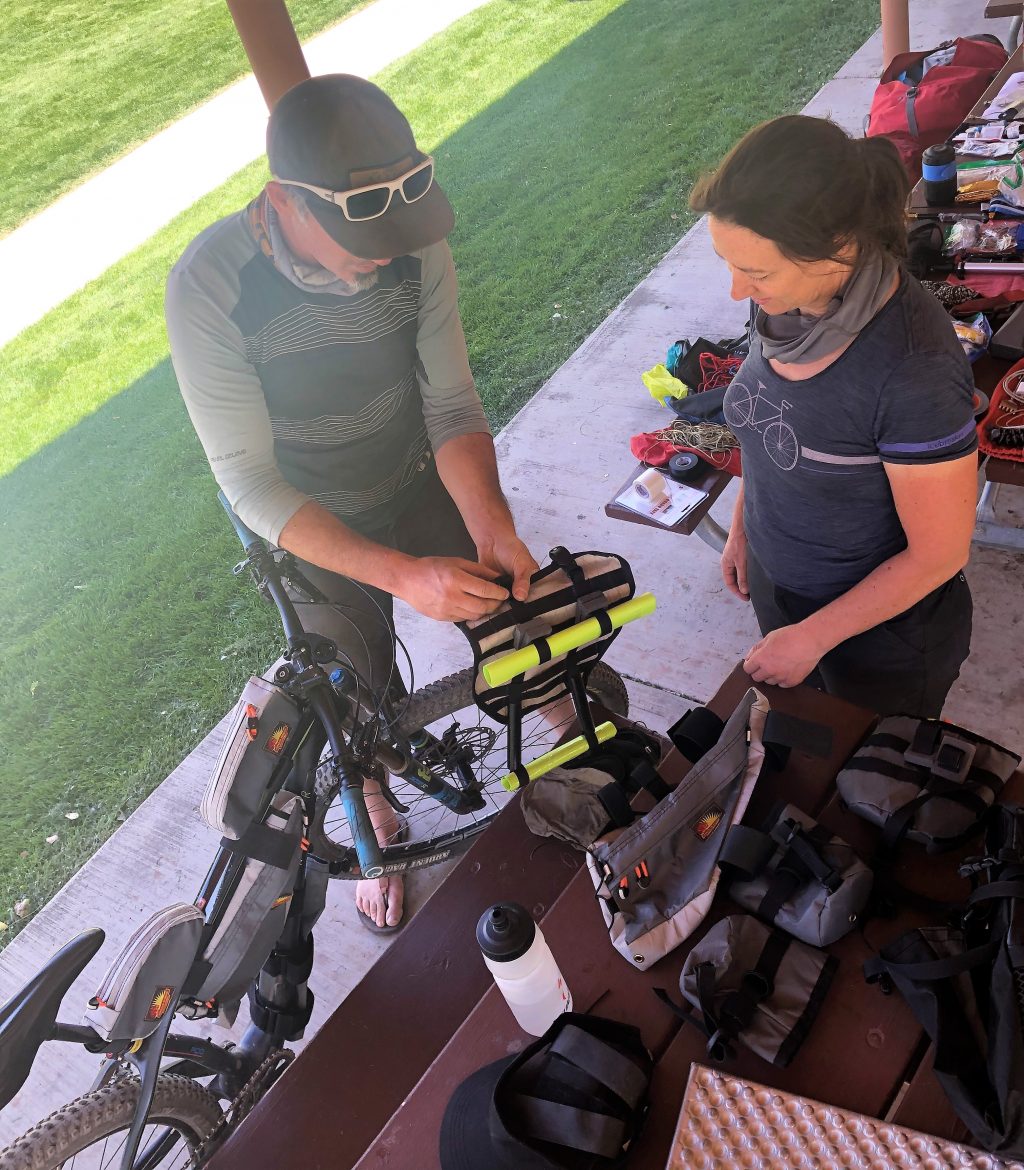
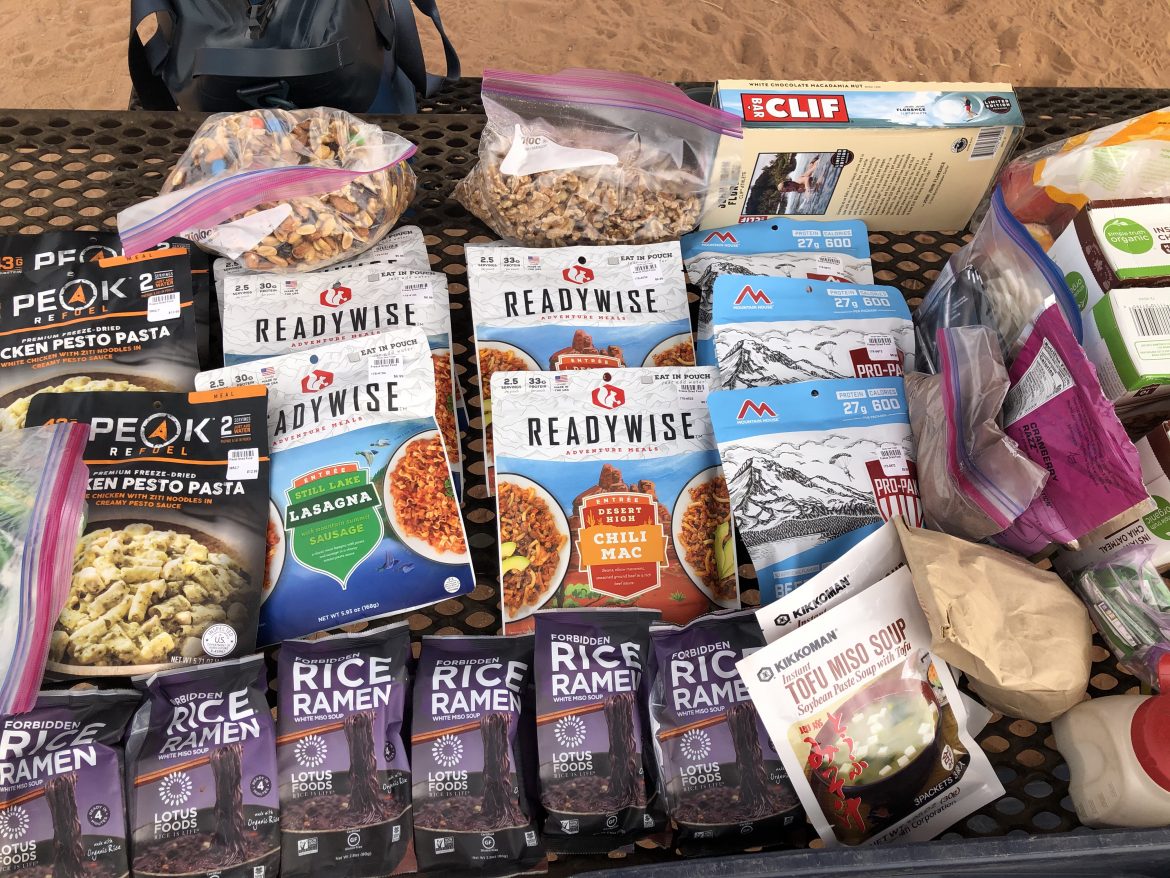



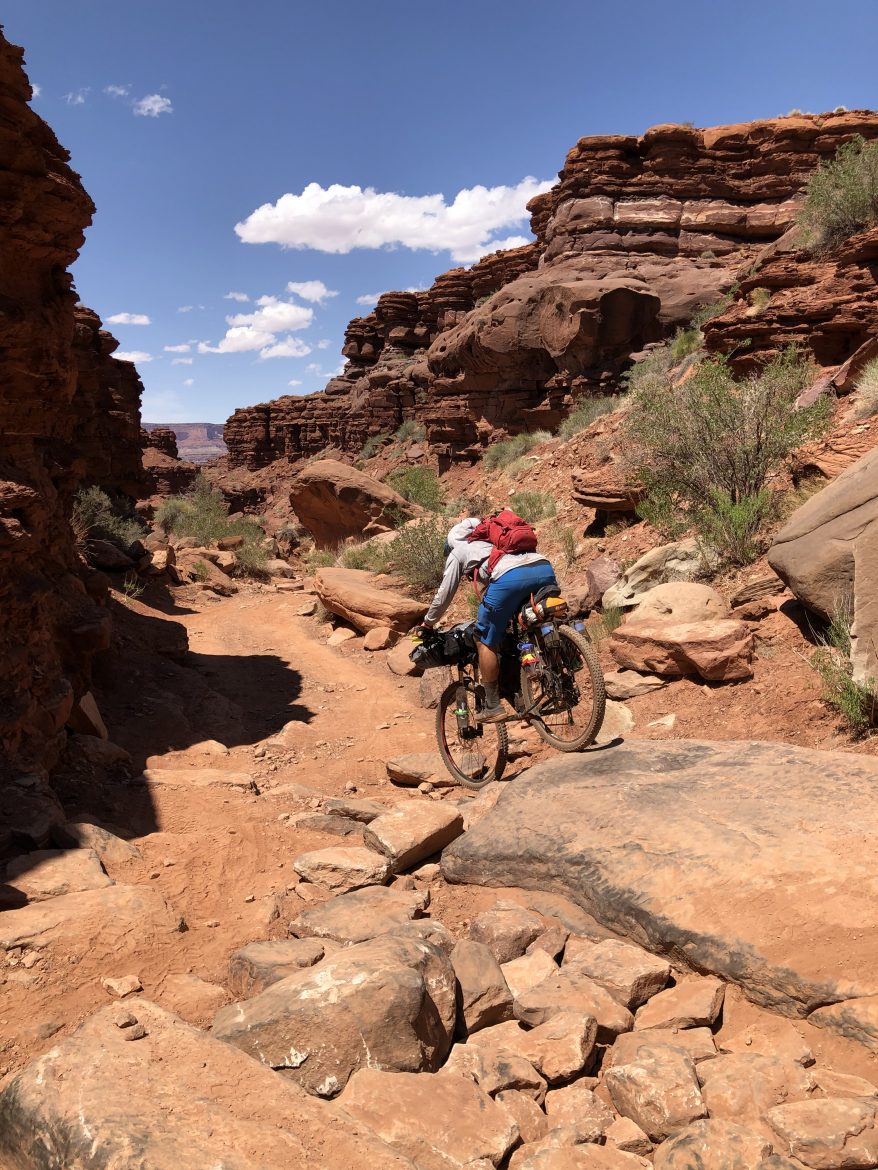
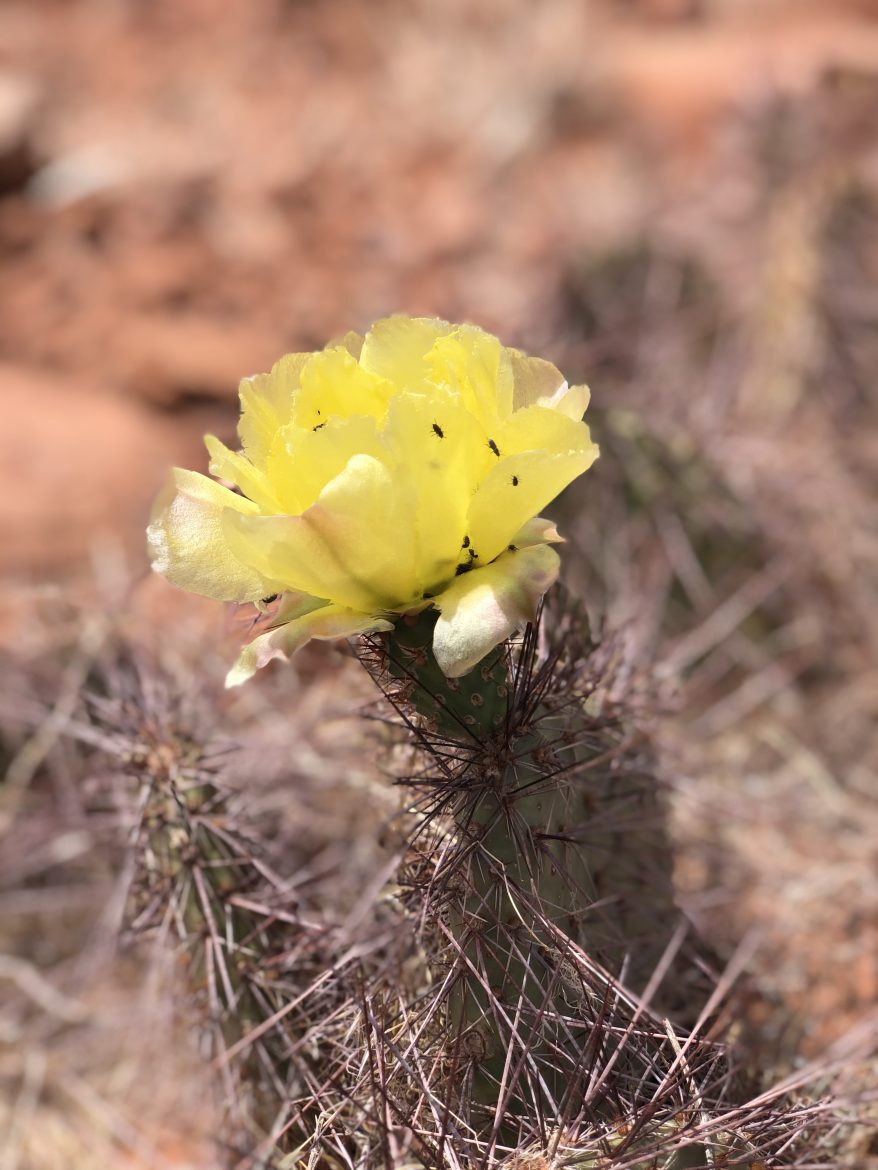
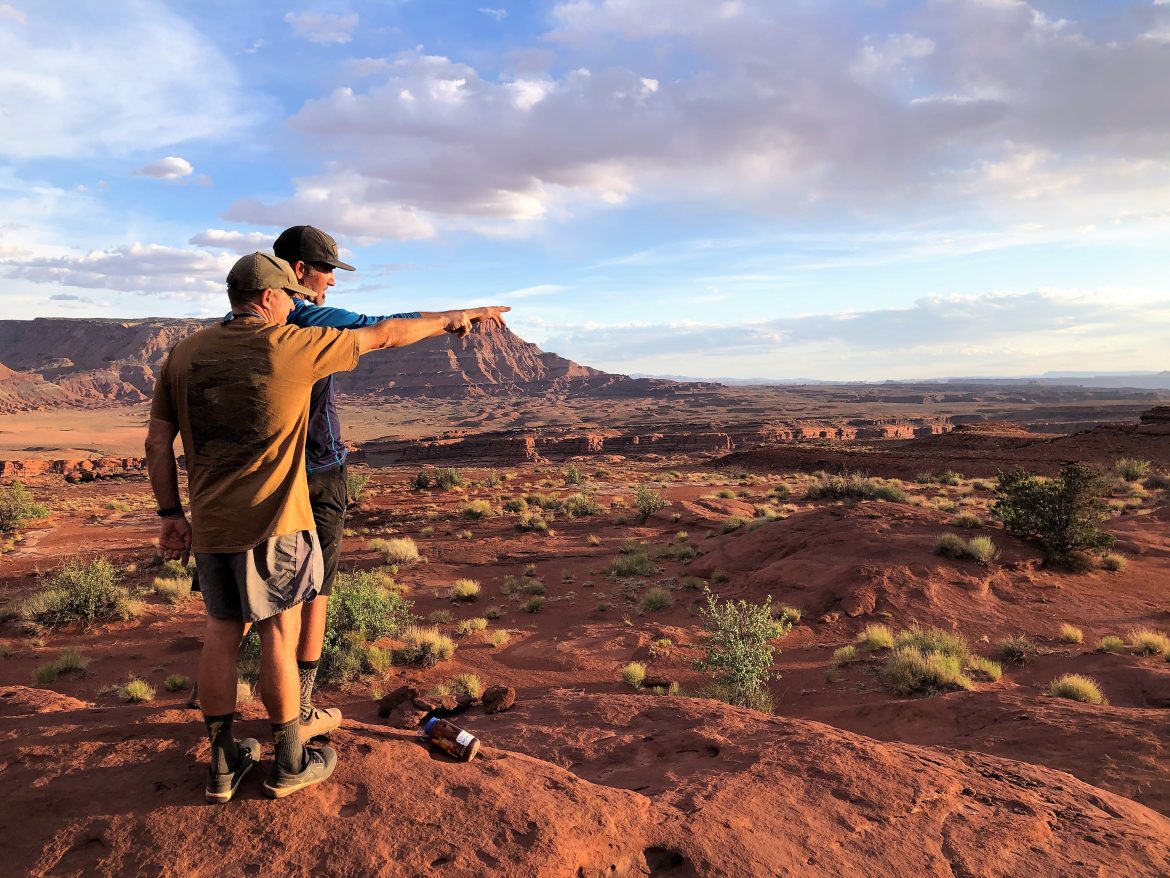


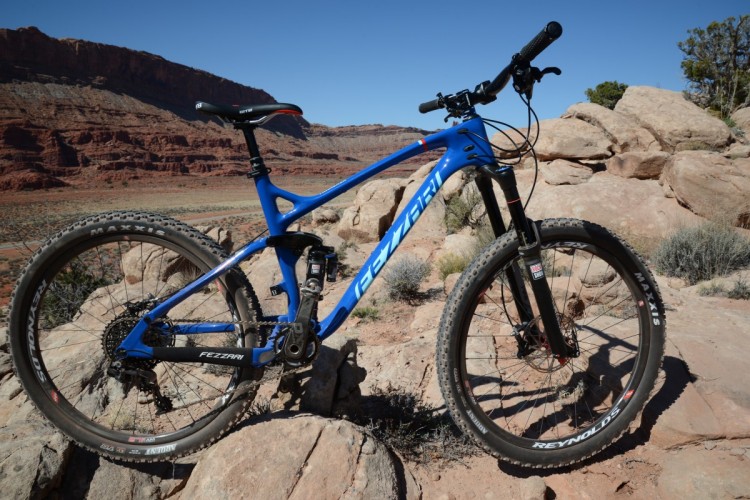





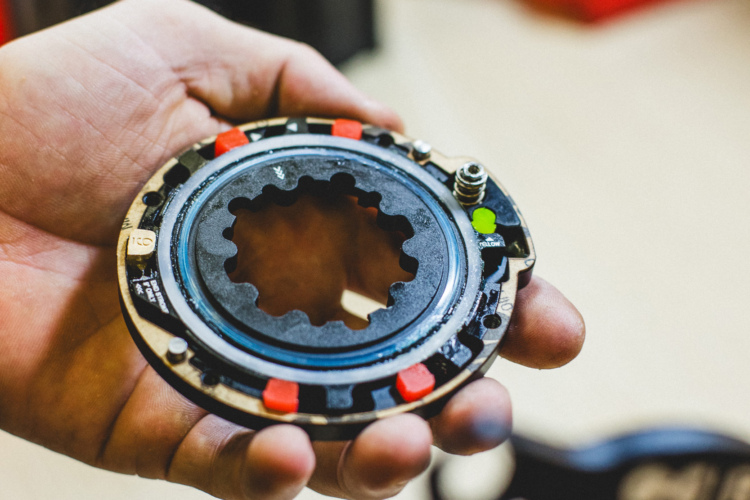

1 Comments
Jun 9, 2021